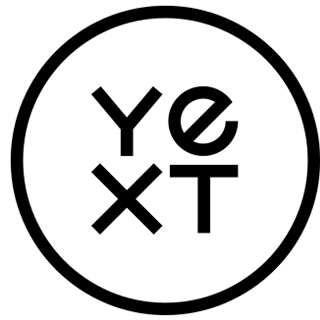Industry Insights
How CPG and Retail Brands Can Adapt to Changing Consumer Expectations
Your customers aren’t shopping like they used to — they’re more discerning and their expectations have never been higher.

Yext
Feb 11, 2021

Your customers aren't shopping like they used to — they're more discerning and their expectations have never been higher.
This behavior has been magnified over the last year, as consumers forced to stay home due to the pandemic have increased their online activity and, in turn, their online purchasing. People are now used to the convenience of getting information, products and services online with relative ease. With this behavioral shift showing no signs of reversing — and with a new generation of digitally savvy customers on the horizon — the only way to keep up is to adapt and stay ahead of the curve.
To be successful, businesses need to start with the basics. One of the most crucial parts of the customer journey for a CPG or DTC brand is the customer's first motion, which is usually a visit to the website and a search. Whether it's seeking out information on how products are made, how best to use them, or how to return them, people expect to get answers. If you're not answering those questions, they'll likely exit your website and head over to Google, where competitors and ads are lurking, to seek out the answers they need.
During Foundermade's end of 2020 conference, leaders of CPG and DTC met to discuss challenges they are facing and the most innovative ways to solve them. From household products to DTC personal care, the most top-of-mind topic was how to better reach and serve the customer. Here are our key takeaways.
Focus on form and function
Your website serves many purposes: it's built for information finding, brand building, and often now a commerce platform. Ultimately it needs to be your business' source of truth –the place customers can go to find the most up-to-date information about your brand.
Many websites have great design, but in order to have equally good function, and keep people from bouncing to Google, your website needs to have a search experience that competes with third party marketplaces such as Amazon. If customers come to your site and can't find the answers they need, they'll move on. In fact, Bloomberg found that if consumers can't find what they need in under 3 attempts, they will give up. Worse, that makes them less likely to return to your brand — 68% say they wouldn't return if a site provided a poor search experience.
Your website is not only the first impression of your brand's looks and feel, but also your most critical asset to a seamless conversion experience. The takeaway? Marry form and function with search so you wow customers every time they visit.
Meet at the Moment of Intent
The path from consideration to purchase is broader, much more fragmented, and filled with questions along the way. 73% of shoppers use multiple channels during their shopping experience. Every time a customer begins their journey with a search, they are expressing a need and their intent, and oftentimes that intent is to buy. So, meeting them at that moment of intent is critical to increase your conversion. Visitors who search high intent queries convert 2.5x more than those who search short keyword phrases. By providing a search experience that answers questions like Google or Amazon, you'll win more business when people are searching with intent to buy.
Want to know more about how site search is already helping CPG and DTC brands? Tune into CommerceNext's upcoming webinar on March 3 where our Head of CPG and DTC Industry, Lee Zucker will be discussing how to use site search to create the best customer experience.